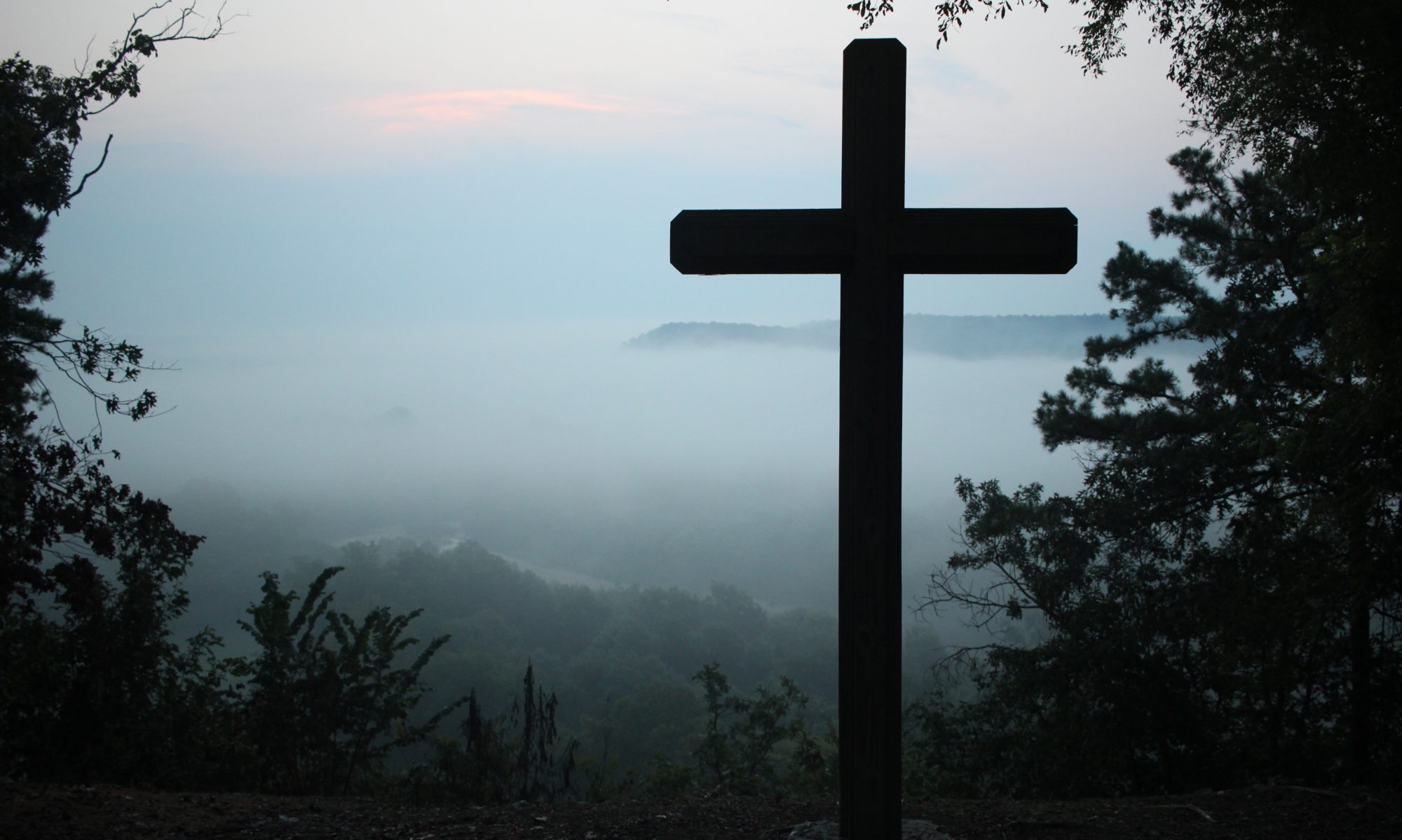
He saw the strips of linen lying there, as well as the cloth that had been wrapped around Jesus’ head. The cloth was still lying in its place, separate from the linen.
About a year ago a man gave a presentation at our church on the Shroud of Turin. He had a full-scale copy of the shroud on display and a fascinating number of stories and facts related to the shroud’s history and meaning. If I remember correctly his background was in nuclear physics. One of the more interesting aspects of his talk centered around the physics of what may have created the image on the shroud.
Part of his theory was the idea that when Jesus ascended from the dead, every atom in his physical body gave up its energy at one time. He thinks that this energy was focused in such a way as to leave the impression found on the Shroud of Turin. Even if the shroud was not the actual cloth that was used to wrap Jesus’ body, his point about the atoms evaporating still makes sense.
When Jesus is seen in the “flesh” after his resurrection, this is not the same physical flesh that he occupied during his time on earth. He no longer has a body that dies, but an eternal spiritual body. (I hope that I do not sound off track here. I believe that this statement makes sense even if the discussion of atoms doesn’t.) If the physical body shed its physical parts, and if the resurrected Jesus could walk through walls (In John 20: 19 and 26 we see Jesus appearing in a locked room) it seems reasonable that the linen strips would fall where they lay as the body transitioned from dead flesh to living God.
John describes a cloth that had been wrapped around the head of Jesus’ body. The rest of the grave clothes, according to John, consisted of strips of linen. What is interesting to me is how he describes the position of the cloths. The strips of linen were laying “in its place.” Presumably, this means they were lying where the body had been. The cloth that had been wrapped around Jesus’ head was “separate from the linen.” This is what you would expect if the body left without disturbing the cloth.
Application: Sometimes we gloss over details without taking in their meaning. The detail that John gives us in this passage is stunning. If you want to believe that Jesus was raised from the dead, think about the scene that John describes here.
Food for Thought: Does it help or hinder faith to ponder the nexus between what we know of physics and what we know of the Bible?
Please click ‘’Continue Reading” for comments.

I think it helps. Seeking truth is always a good idea. Some people say science and faith do not go hand in hand. I disagree. Faith is not a blind faith. God wants us to use the brains He gave us and there is strong evidence that proves beyond a reasonable doubt the faith we embrace. Physics is a friend to faith in Christ. We should not only investigate the evidence that backs our faith, we should be prepared to lovingly share those reasons for our faith with others (1 Peter 3: 15 – 16).
I agree with Rich. The question is how strong is one’s faith. Are we led astray by science (which should be “to know” as compared to “so falsely called” in 1 Timothy 6) from our belief in the infallible Word of God, or do we search for how the facts point us to the Truth? 1 Corinthians 15:58.